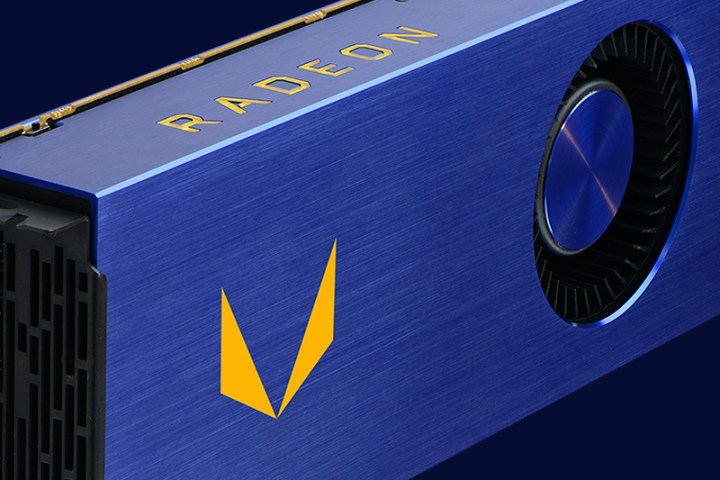
The benchmarks are based on the 3DMark Fire Strike test. However, there’s no information regarding which Radeon RX Vega card was tested, or if it was set to silent or gaming mode. We presume the number would stem from the latter given you want the best possible numbers when comparing results against Nvidia’s competing products.
Here are the Radeon RX Vega numbers along with three GeForce GTX 10 Series cards sold by Nvidia’s partners:
| Base Clock | Memory Clock | FireStrike GPU Score | |
| MSI GTX 1080 TI Gaming X | 1,924MHz | 1,390MHz | 29,425 |
| MSI GTX 1080 Gaming X | 1,924MHz | 1,263MHz | 22,585 |
| Radeon RX Vega #1 | 1,630MHz | 945MHz | 22,330 |
| Radeon RX Vega #2 | 1,630MHz | 945MHz | 22,291 |
| Radeon RX Vega #3 | 1,536MHz | 945MHz | 20,949 |
| Colorful GTX 1070 | 1,797MHz | 2,002MHz | 18,561 |
Given the official reveal of AMD’s Radeon RX Vega products is happening just days away, we are likely seeing close-to-final performances. Then again, we are not exactly sure what AMD plans to do regarding these cards during its special event at SIGGRAPH 2017 (July 30 — August 3). AMD may simply be formally introducing the Radeon RX Vega family with a launch date before the end of 2017, giving the company more time to tweak even greater performance out of the hardware.
As for images of the Radeon RX Vega, one can be seen here. The photo supposedly reveals a reference edition model that will be used in a FreeSync versus G-Sync benchmark test against the GeForce GTX 1080 Ti graphics card. However, there is nothing in the photo that indicates that the photo is based on AMD’s new Vega design. For the Radeon Vega Frontier Edition, AMD prints the Vega logo on the protective cover, but that likely may not be the case for a reference model used for testing.
The Radeon RX Vega graphics card is a highly anticipated product from AMD. It’s the company’s return to the high-end graphics market since the release of its Radeon R9 Fury cards in 2015. After that, AMD focused on the mainstream market with affordable solutions that support virtual reality: the Polaris-based Radeon RX 400 Series and the most recent Radeon RX 500 Series.
Meanwhile, Nvidia slowly rolled out its GeForce GTX 10 Series cards addressing the entry-level (GT 1030, GTX 1050, GTX 1050 Ti), mid-range (GTX 1060), high-end (GTX 1070, GTX 1080), and enthusiast (GTX 1080 Ti, Titan X, Titan Xp) markets. At least on the high-end markets and above, AMD has some catching up to do.
AMD’s upcoming Radeon RX Vega cards are meant to complement the company’s new Ryzen desktop processors. AMD used Vega when displaying Ryzen’s performance prior to the processor family launch and it should be no coincidence that Vega-based cards are arriving in the same timeframe as AMD’s two enthusiast Ryzen Threadripper processors arriving in August.
Editors' Recommendations
- AMD Radeon RX 7000 series: Everything we know about the RDNA 3 GPU
- AMD RX 7000 graphics cards are launching in 2022 to challenge Nvidia
- AMD RX 5600 XT vs. Nvidia RTX 2060 vs. GTX 1660 Ti: The best 1080p gaming card?



